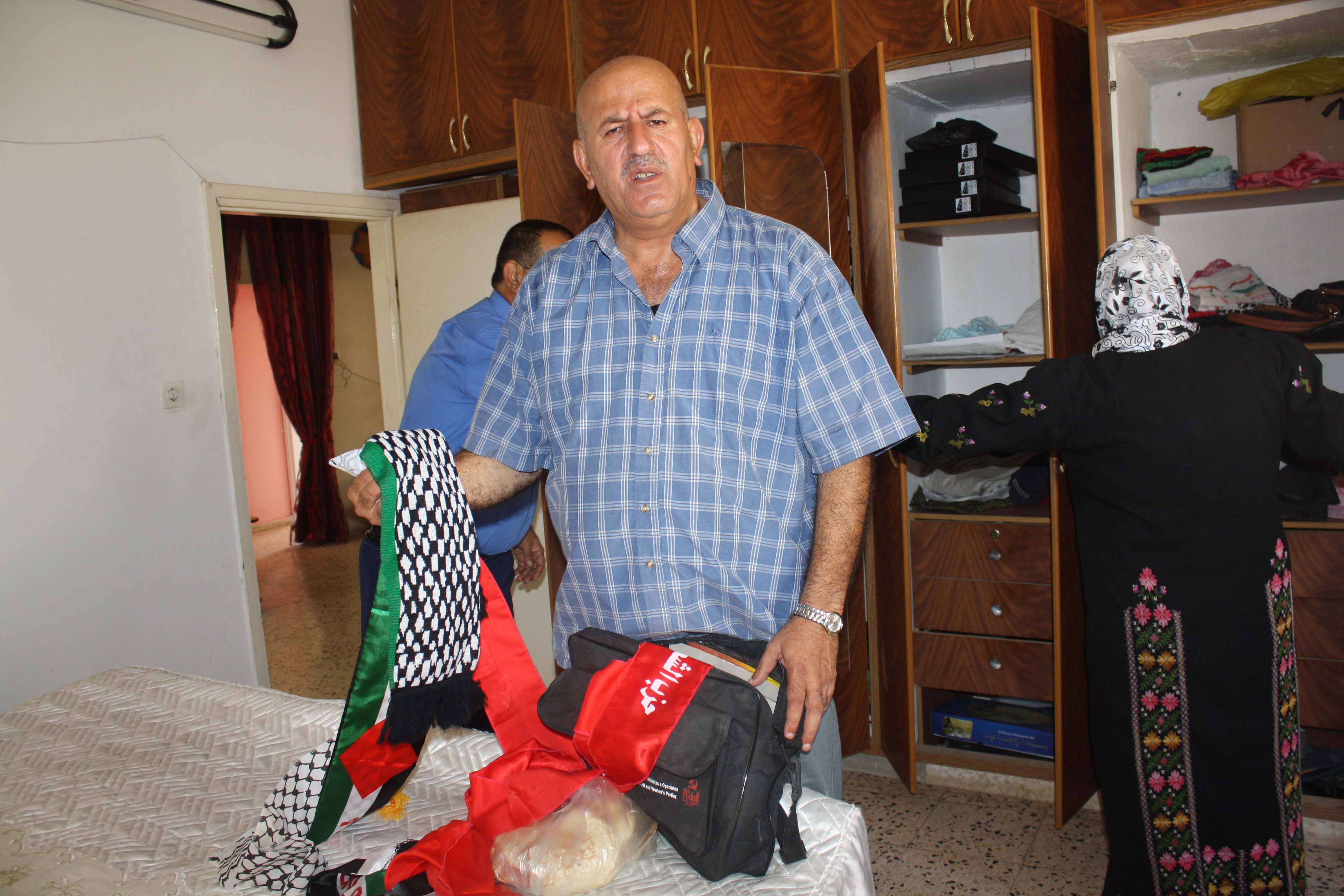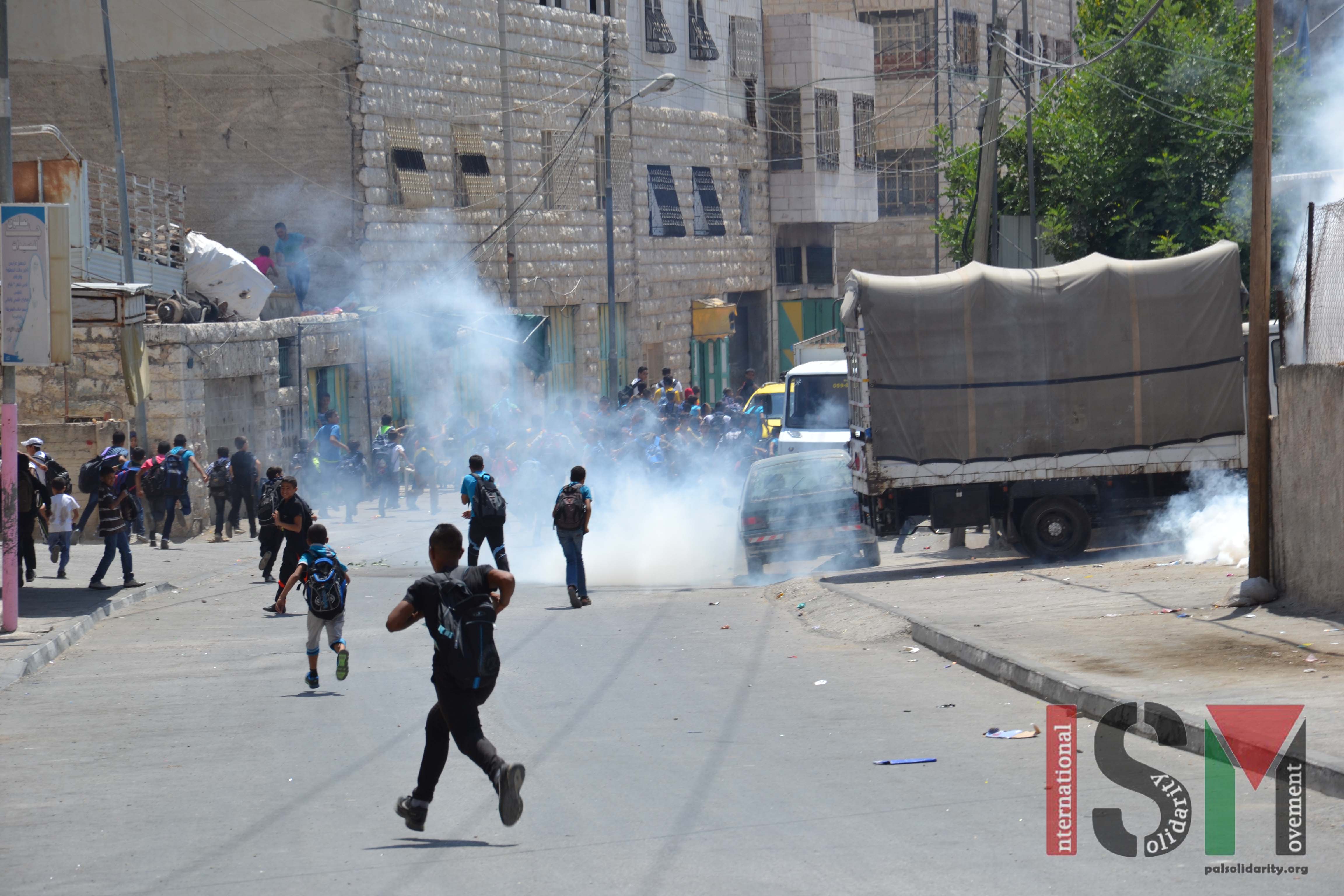Author: ISM Media
-
Fishing in Gaza
3rd September | Charlie Andreasson | Gaza, Occupied Palestine We sailed out from Gaza City’s harbor just before dusk with the 13-man crew, including two boys, and we had a theoretical possibility to reach six nautical miles for fishing. But that the limit determined by the occupying power would have been moved from three to six…
-
Night raid in Far’a refugee camp
3rd September 2014 | International Solidarity Movement, Nablus team | Far’a, Occupied Palestine We arrived around one o’clock in the afternoon of September 1st to the Far’a Refugee Camp and found that we had awakened the three Mansour family households. “We didn’t have much sleep last night,” explained one sister. “The army kept us awake all night and…
-
When the school day ends with tear gas
2nd September 2014 | International Solidarity Movement, Khalil team | Hebron, Occupied Palestine ISM watched over two different checkpoints in al-Khalil (Hebron) on the 31st of August, Qeitun (209) and Salaymeh (29), both separating the H1 and H2 zone in this occupied city (H1 is supposedly under full Palestinian Authority control, H2 under full Israeli military control).…



